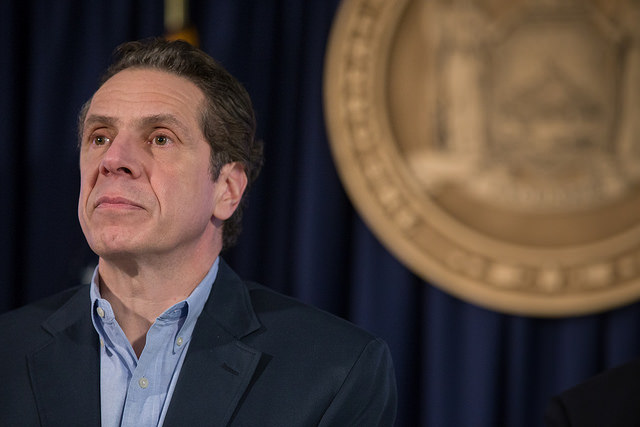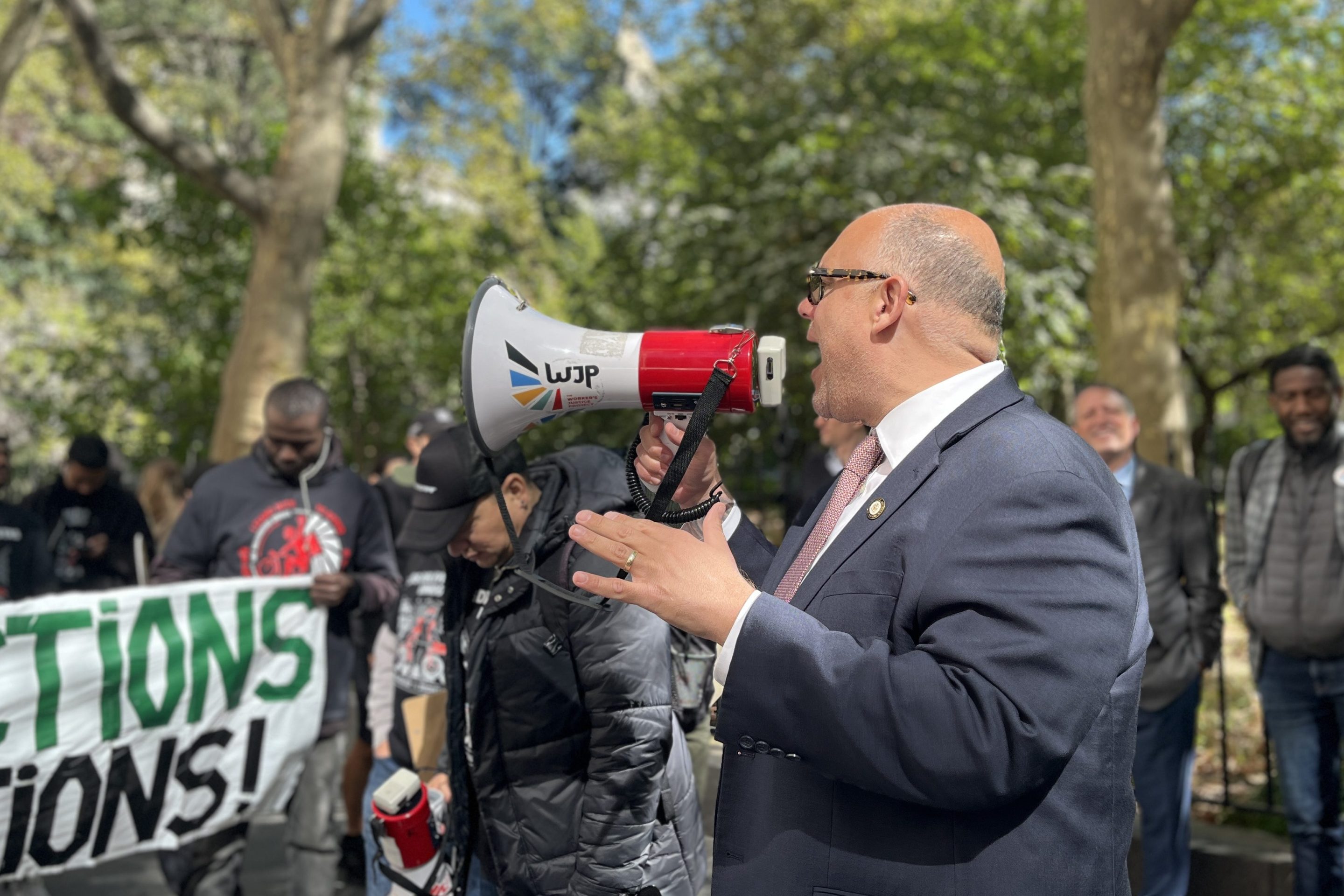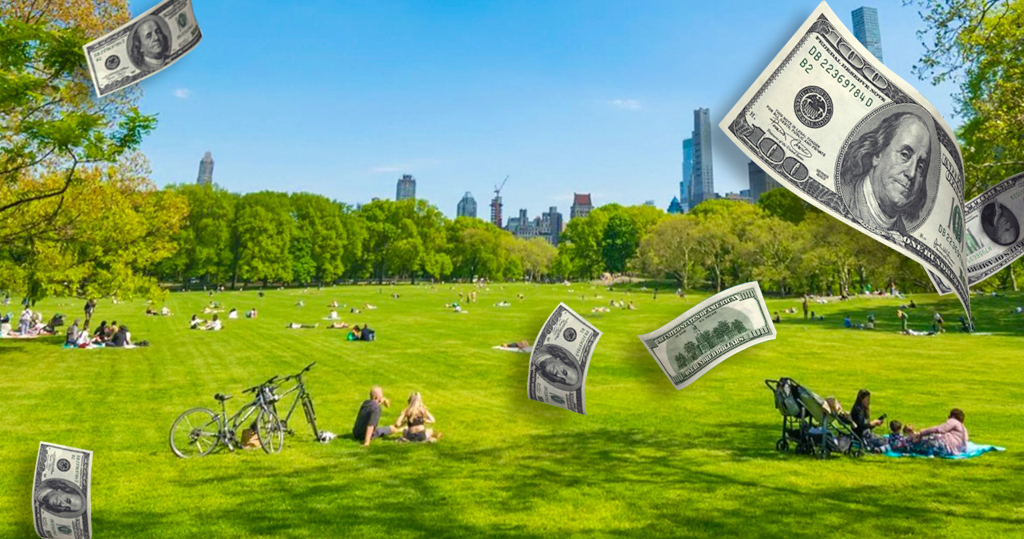The Times came out with a piece on subway delays this morning that's getting heavy play on Twitter. It has some compelling visualizations of the rise in ridership and decline in reliability, but it starts off by framing poor service in a way that obscures the root of the subway's troubles.
Here are the problematic paragraphs:
Is the main culprit behind delays the aging equipment in the 112-year-old system -- signals and tracks taxed beyond their limits and patched together to eke out a few more creaky years, only to break down again and again?
That is certainly an enormous problem, but it is not the No. 1 reason.
The major cause of subway delays is a factor that basically did not exist 15 years ago: overcrowding. The subway is a victim of its own success and the city's resurgence. Large crowds slow down trains, which creates more crowding in a vicious circle that takes hours to unwind during every rush.
This is a false dichotomy. Crowding and "aging equipment" are inextricably linked. The subway system wouldn't get overloaded by today's passenger volumes if an upgraded signal system, allowing trains to run more frequently during peak hours, were in place. Equipment-related delays can also lead to crowding problems, as more passengers file onto platforms, waiting for trains that have fallen behind schedule. It's not clear how many crowding delays originate from infrastructure failures.
The importance of modernizing the signal system eventually gets clarified farther down in the Times piece, but a lot of social media takes are running with the MTA-as-victim-of-its-own-success narrative.
It's more accurate -- and more helpful in resolving the current crisis -- to frame the situation subway riders now face as a result of poor management and political shortsightedness.
Today's problems were very foreseeable. The upward trend in subway ridership started decades ago, and the MTA began preparing to upgrade its relic of a signal system in the 1990s. As big and complex as the subway network may be, this should have been enough time to get out ahead of rising ridership and computerize signals on more than just the L line by now.
Instead, a succession of governors, including, for the past six years, Andrew Cuomo, have thrown their weight behind extravagant stations, insanely expensive expansion projects, and other monuments to themselves.
Riders have been victimized not by the success of the subway system but by Cuomo's failure to steward the transit infrastructure that New York is built on.






